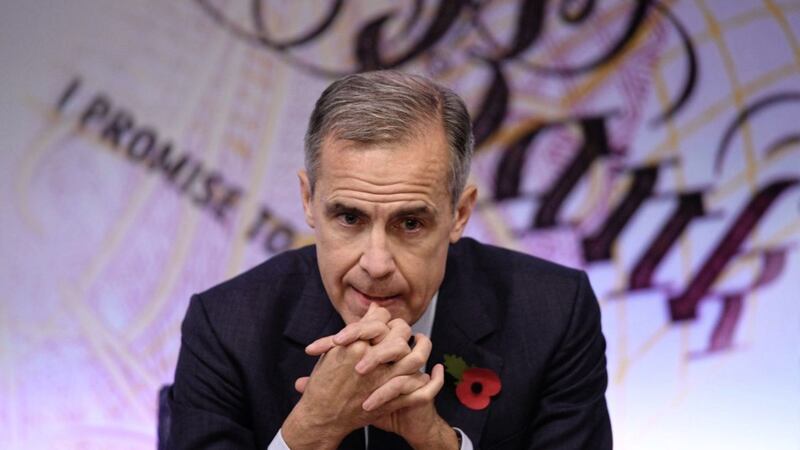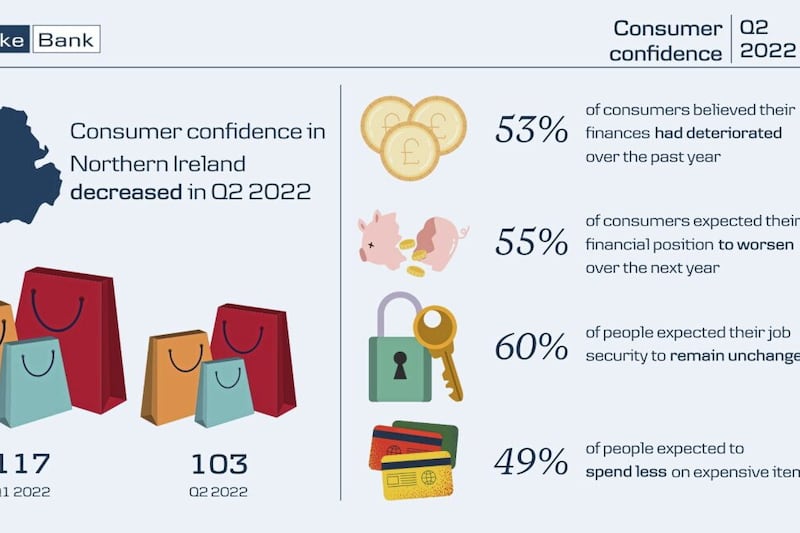AFTER more than a decade since the last rise, the Bank of England’s Monetary Policy Committee (MPC) raised interest rates at its November meeting.
It voted by a majority of 7-2 to increase rates from 0.25 per cent to 0.5 per cent, meaning they are now back to where they were from March 2007 until August last year, when the MPC loosened monetary policy in response to the UK’s vote to leave the European Union.
There are a number of reasons behind this rise in interest rates. One is the need to eventually bring inflation back to its official target. The Bank of England aims to keep inflation stable at two per cent over the medium-term. But as a result of the depreciation in sterling that followed the EU referendum, CPI inflation in the UK has been above target for eight months.
It currently stands at three per cent and the Bank of England thinks it could rise a little higher yet. The majority of MPC members decided last week that the time had come for a change in policy to ensure that the Bank of England can achieve its goal of gradually bringing inflation back to target within a time-frame it is broadly comfortable with.
Another related reason for the rise is that the Bank of England expects to see wage growth increase given the strength of the UK labour market. In the UK, the unemployment rate is at its joint lowest rate since 1975 but despite this, earnings growth remains relatively low at just over 2 per cent.
The Bank of England expects wage growth to increase to around 3 per cent in 2018 and 3.25 per cent in 2019 and 2020. If this were to be the case, then consumers may find it easier to spend more and that would increase the degree of domestic inflationary pressure in the economy.
In my view, there is still considerable uncertainty around future wage growth. In normal circumstances, given the high employment rate and the low unemployment rate, a pick-up in wage growth would be expected. However, many businesses have already seen a significant increase in their costs for imported materials given the depreciation in sterling.
And there remains little clarity around what Brexit will mean for future access to EU markets. With costs potentially higher and future revenue streams more uncertain than usual, there may be some reluctance from companies to offer higher wage rises in the short-term.
After a prolonged period of extremely low interest rates to support the economy through the financial crisis and the subsequent recovery, the MPC was always going to need to return policy to a more normal position. The need for this is likely another important reason behind last week’s decision to raise rates.
Close-to-zero interest rates are clearly not sustainable indefinitely and they also posed a potential problem in that, if they were still in place when the economy next experiences a downturn, the MPC would have had very little scope to use monetary policy to respond to that. This rate rise would appear to be the first step back towards a more normal level for interest rates.
In terms of the immediate impact, on its own the increase in interest rates to 0.5 per cent is likely to have only a modest impact on most individuals and families. On the borrowing side, looking at the housing market, many mortgage holders are now on fixed rates. The Bank of England estimates that, by value, around 60 per cent of the stock of mortgage lending in the UK is on a fixed rate. For people with this type of borrowing, the interest they pay won’t change immediately.
But variable rate mortgage holders will likely see a slight rise in their monthly mortgage payments. An example included in the Bank of England’s Inflation Report illustrates this point. For an average household with around £125,000 left on their mortgage, and with 16 years left to run, an increase in interest rates of 0.25 percentage points would increase monthly mortgage payments by around £15.
For savers, they may see an increase on the rate paid on their deposits. However, for both savers and borrowers, an interest rate of 0.5 per cent still represents a low rate compared with long-term historic trends. The average interest rate from May 1997, when the Bank of England became independent, to September 2008, the month that Lehman Brothers collapsed, was just over 5 per cent.
There remains considerable uncertainty around the pace of future interest rate rises. I suspect that the timing of the next rate rise will be closely linked to progress made during the Brexit negotiations, particularly with regards to the terms of a potential transition deal and how quickly such a period may be agreed.
But the MPC have made one thing very clear – future rises in interest rate will happen at a very gradual pace.
:: Conor Lambe is Danske Bank economist in Northern Ireland. Follow him on @ConorLambe
:: Next week: Richard Ramsey







